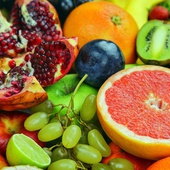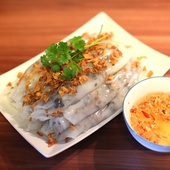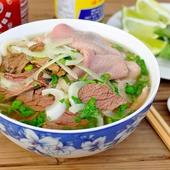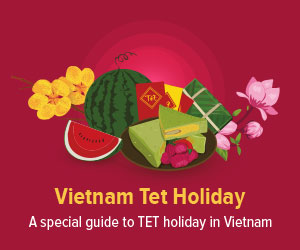Use of Spice
Vietnamese cuisine features a combination of five taste elements: spicy, sour, bitter, salty and sweet.

Vietnamese cuisine features a combination of five taste elements: spicy, sour, bitter, salty and sweet. Each Vietnamese dish has a distinctive flavor which reflects one or more of these elements and takes the base of main spices such as ginger, garlic and hot chili peppers.

Ginger and Garlic two essential spices for Vietnamese cuisines
Among them, cinnamon is more prevalently used, especially in stews, soups and desserts.Another crucial spice is garlic, which cannot be absent in almost every Vietnamese dish, from stir-fried vegetable to fish sauce. Vietnamese also use ground star anise in sweet desserts as well as in main dishes or ginger in seafood and braised dishes. All spice powder, which contains a mixture of licorice root, fennel seeds, cinnamon, cloves and star anise, is widely used in various kinds of food, especially in grilled meats and poultry.
Contrary to common prejudice, Vietnam food now contains little MSGs as people develop their awareness about this additive. “Bot canh” or “Gia vi” – a mixture of salt, pepper with a small portion of MSGs are still widely found in Vietnamese kitchen, mostly in the North of Vietnam. In fact, the five “spice” collection of the majority of Vietnamese housewives include: sugar, gia vi, salt, pepper, poultry powder and to a lesser extent – MSGs.
Bot canh - Vietnamese' popular replacement of salt
The above mentioned spices are used in all, Vietnam, however, in each region, there is a noticeable difference when it comes to using spices. In the north of Vietnam, black pepper is used instead of chili to create the extra heat for the dish. Also, Northern people often taste their food less sweet, but more salty than in other regions.
Coming to the central of Vietnam, people can savor the most spicy and colorful dish. The chief often prefers cooking with whole dried chilies to fresh ones due to their extremely spicy flavor. Meanwhile, in the south of Vietnam, the cooking technique is strongly influenced by Cambodian, Thai and Chinese cuisines. Therefore, people like sweet taste created by sugar or coconut milk as well as spicy taste extracted from red-hot chilies.

Hot chili added to most food in center and south of Vietnam
All these traditional staples are easily found in every market or supermarket in Vietnam and in bulk stores all over the world.

Vietnamese Fruits - An Overview
Being geographically located in the tropical zone, Vietnam is truly a heaven when it comes to fruits.

Vietnamese Cakes - A Closer Look At Vietnam's Most Varied Food
An overview to the different types of cake in Vietnam.

Vietnamese Noodles - An Overview
An introduction to Vietnamese noodles.









